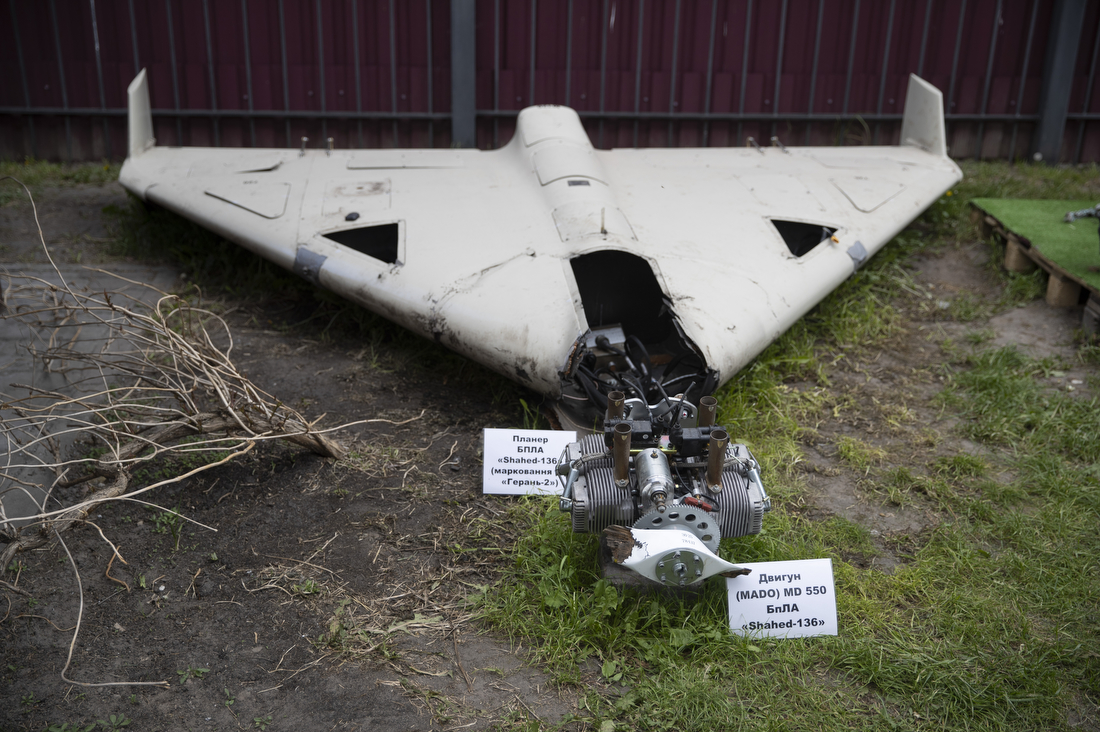
According to the Russian news agency TASS, a recently developed kamikaze drone boasting enhanced capabilities has been successfully manufactured in Russia. The drone, named Lutik-Kamikadze (derived from the word “Buttercup” in English), has been engineered by the Sakhalin Center for Unmanned Technologies.
An undisclosed source mentioned by TASS revealed that this drone possesses the ability to be utilized multiple times, employing a clever technique to ensure its reusability. However, it remains unclear whether this particular drone functions as a conventional kamikaze device, as it does not seem to self-detonate upon subsequent usage.
Presumably, the drone incorporates a remote activation system for the ordnance it drops. TASS states that the drone will be capable of deploying both RPG-7 explosive warheads and thermobaric ammunition. The source explained that contacts have been incorporated into the drone to allow for the activation of the detonator from the battery.
The underlying concept behind this development stems from the efficacy of drones employed in what Russia refers to as “special military operations,” specifically referencing the ongoing conflict in Ukraine. Reports from soldiers stationed in Ukraine indicate instances where kamikaze drones collide with enemy platforms but fail to detonate. Additionally, there have been cases of drones being captured by safety nets.
The Sakhalin Center for Unmanned Technologies, as quoted by TASS, emphasized that soldiers often lament the loss of an unexploded charge rather than the destruction of the drone itself. The center stated, “Flying two or three times, metaphorically speaking, is preferable to a single flight with the risk of missing the intended target.” TASS also underscores the scarcity of First-Person-View (FPV) drones within the Russian military as another motivating factor behind this project.
According to TASS, Russian units involved in the “special military operation” in Ukraine have received their initial supplies, which consist of a total of 10 drones. This indicates that the drones underwent state testing prior to deployment.
At the end of the previous year, the Russian Federation officially acknowledged that domestically produced drones did not meet the tactical and technical requirements set by the Ministry of Defense. This observation was made by Colonel Igor Ischuk, a senior official in the Russian Ministry of Defense, during the round table discussion titled “Prospects for the development of technologies for unmanned vehicles in the Russian Federation.”
Colonel Ischuk’s critical assessment is based on the lessons learned from the conflict in Ukraine. He identified the non-compliance of the element base as the main challenge. Ischuk noted that the Ministry of Defense is currently compelled to simplify the design of Russian unmanned aerial vehicles due to these limitations.
Ischuk emphasized that Russia primarily requires drones for electronic intelligence purposes. He highlighted the need for drones equipped with anti-jamming navigation receivers, which are currently absent but necessary. Ischuk further stressed that these requirements must be met within affordable parameters.
The Lutik-Kamikadze, being a kamikaze drone, maintains a relatively lightweight design. It possesses the ability to carry variable payloads depending on the distance of the intended target. For instance, when flying a distance of 5 km, the drone can carry up to 800 grams of payload. However, if the target is closer, approximately 3 km away, the drone is capable of carrying a heavier payload of 2 kilograms.





